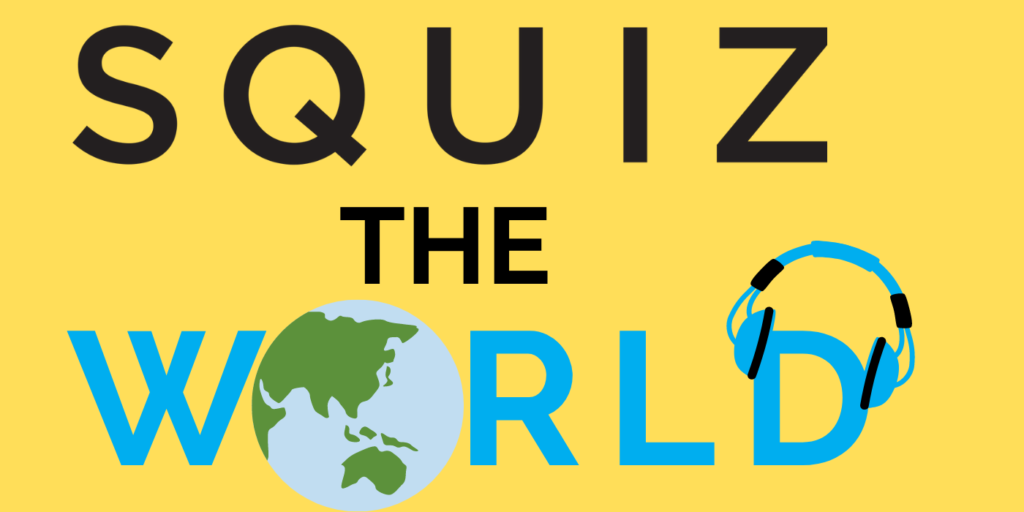
Squiz the World goes to… Morocco
Comprehension Activities
Each fortnight, we give the world globe a spin, and see where we land. Then we take the kids of Australia on an audio excursion to visit that country and its people. Join your captain, Amanda Bower, on an audio adventure.
Today, we’re flying north-west to Morocco—a country of colourful markets, desert dunes, and ancient cities that feel like stepping back in time. From camel rides in the Sahara to minty-smelling tanneries and delicious couscous cooked the traditional way, there’s so much to explore. So buckle up and get ready to discover Morocco!
For the full episode transcript, click here.
Links:
Tamazight alphabet
Fes leather tannery
Beef tagine















